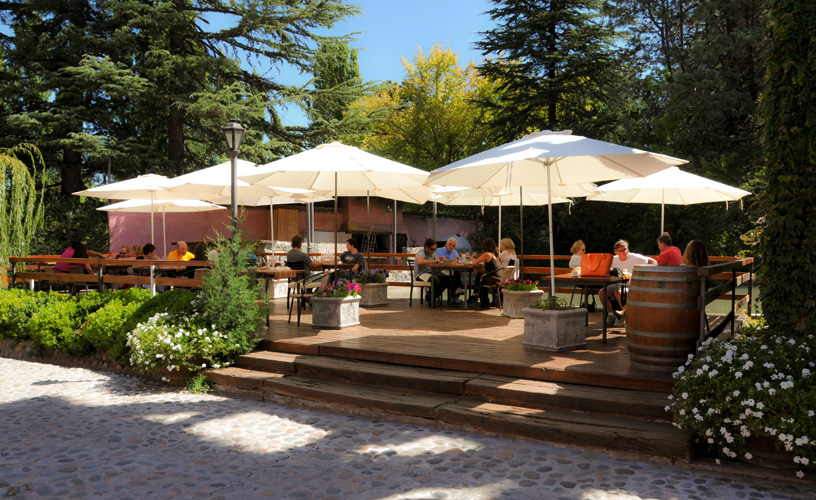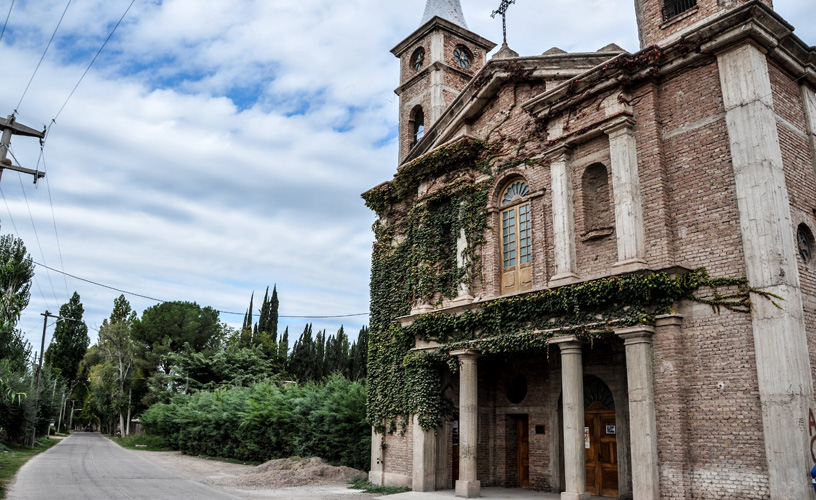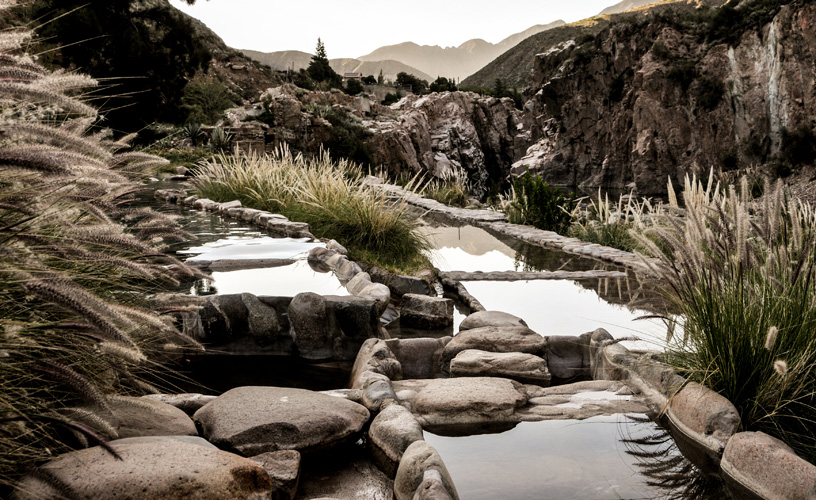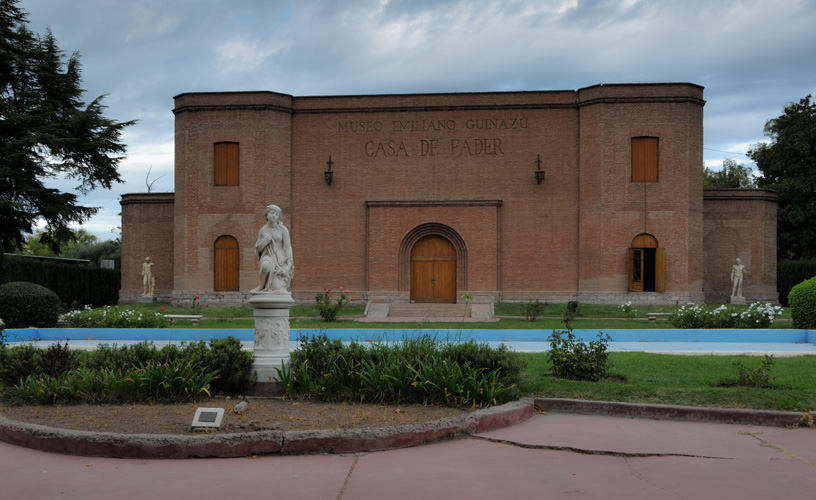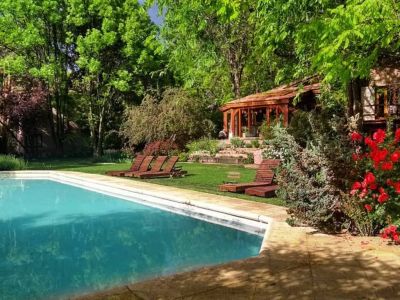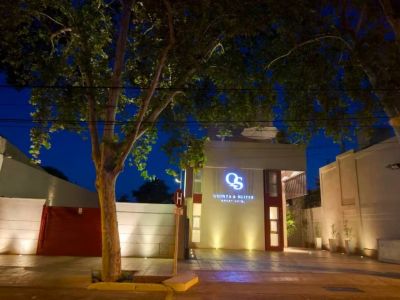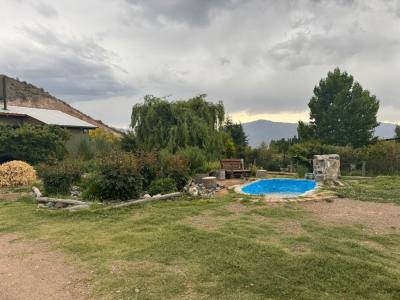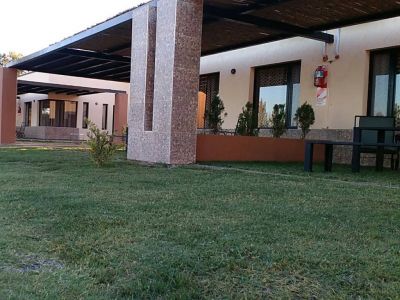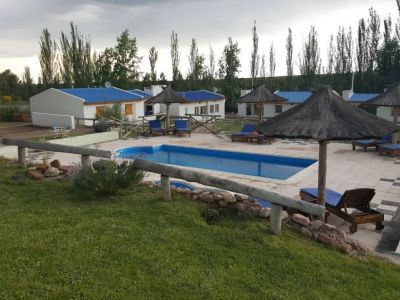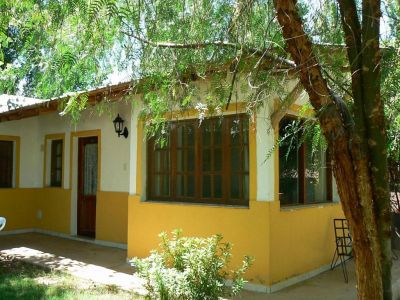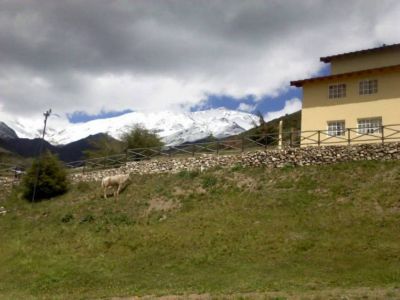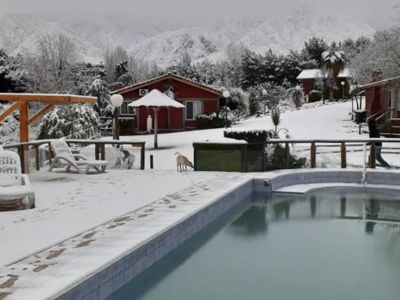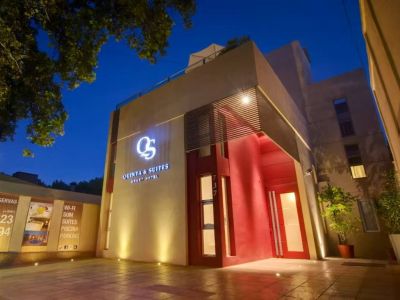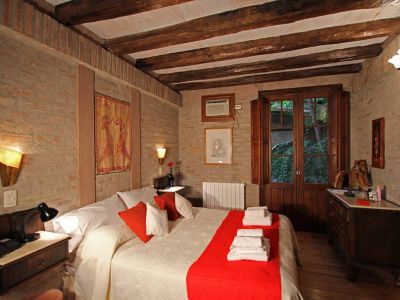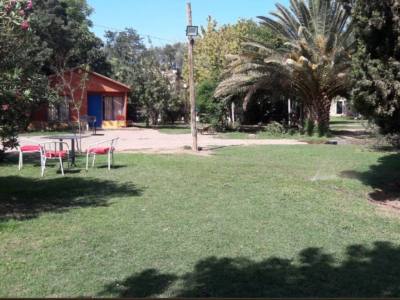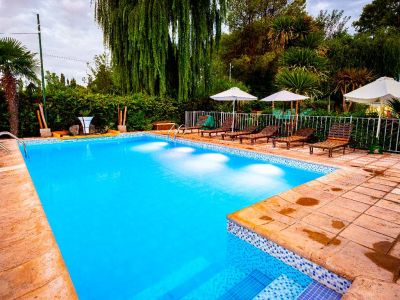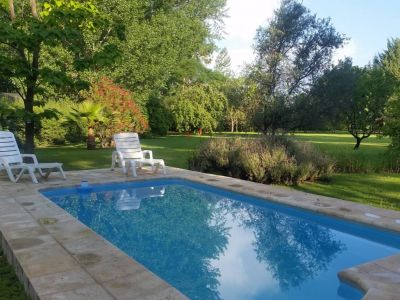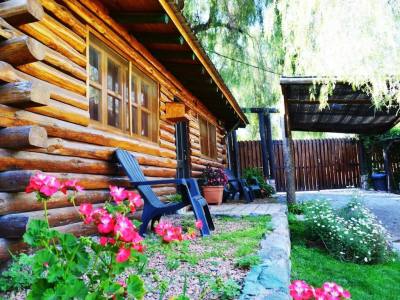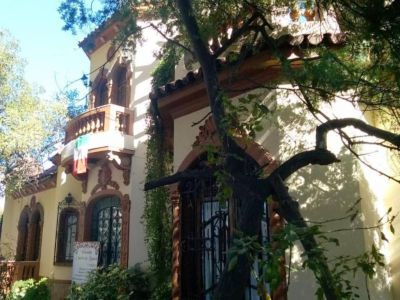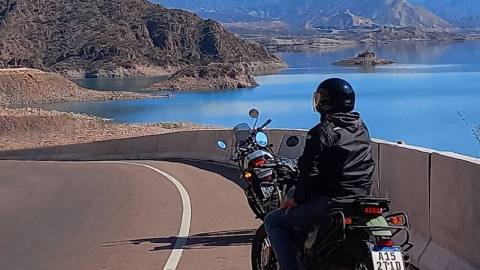Visitors to the City of Luján de Cuyo may have the feeling of having found a simple population far inland in the territory of the province. As they move around, they discover the hard work done by its people and its natural as well as its acquired grandness. We toured its small center with the aim of discovering their lifestyle. The chapel called Virgen de Luján, patron saint of the city and part of the story of the founding village, stands out at its coquettish square. Stores and coffee houses line up San Martín and Sáenz Peña Avenues, in the surroundings of the downtown. We perceived the aroma of a quiet city which enjoys its environment and its wide streets with scarce traffic. We took a deep breath and let the perfume from the trees be our companion.
Luján de Cuyo, Malbec Land
The wineries that make the city famous lie on the plain area, close to one another and divided into four circuits according to their location, history and features. They combine tradition and innovation and give us evidence of how much we know about wines and how much more we can learn with just a visit.
We were stunned at the huge amount of kilometers occupied by the vineyards lying on the foothills of the Andes. They produce the classic Malbec grape, which determines the style of the wines with character made in Luján de Cuyo.
These very green and very neat plantations are waiting for the altitude, the sunshine and the stars to manage the right acidity and fruity flavors so that specialists may later produce the extremely highly praised wines for export.
Mónica Pons
Eduardo Epifanio
